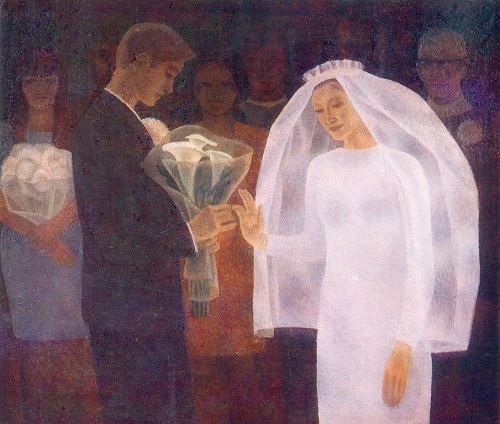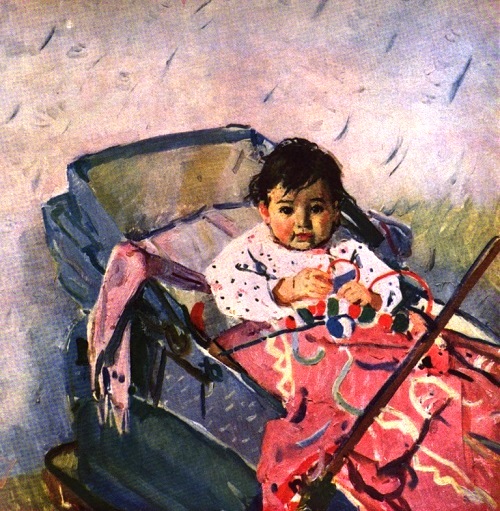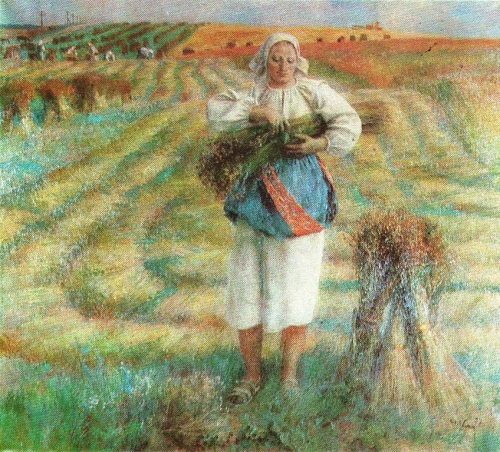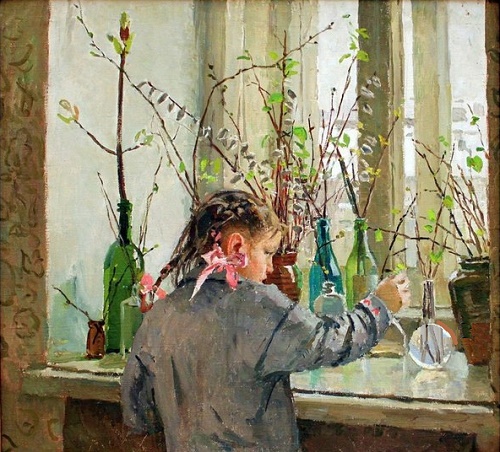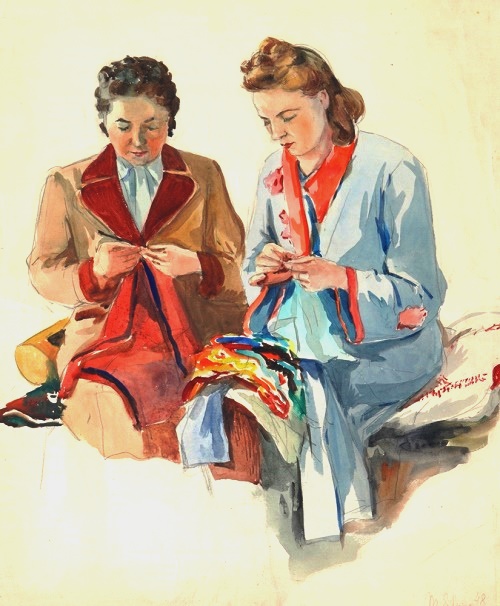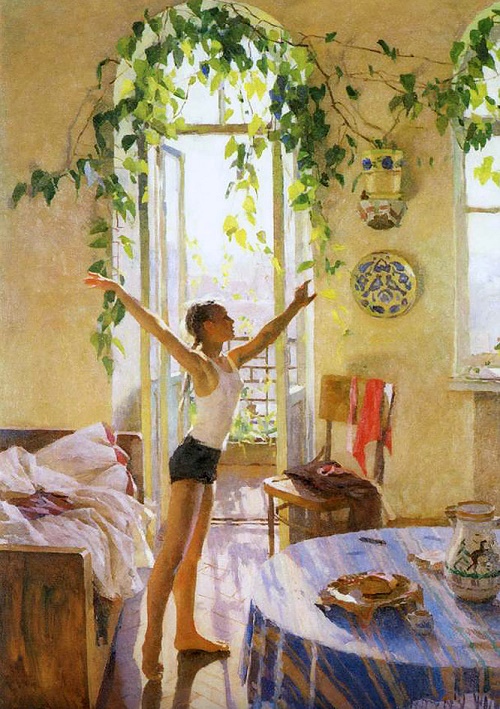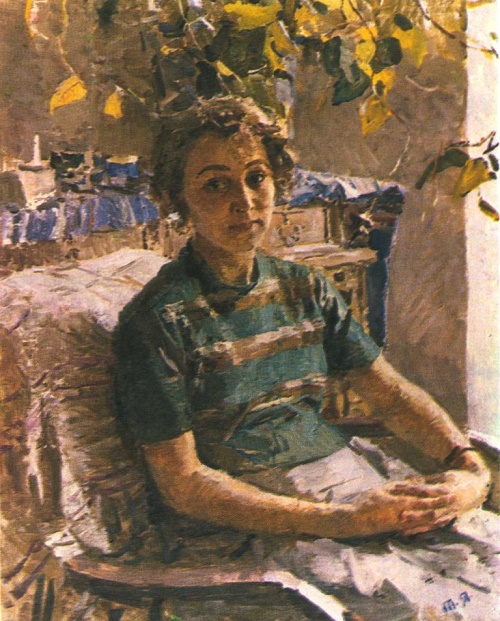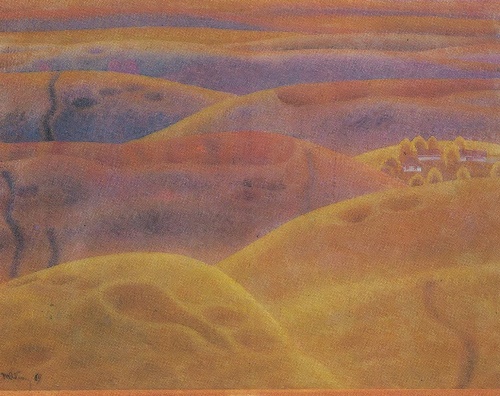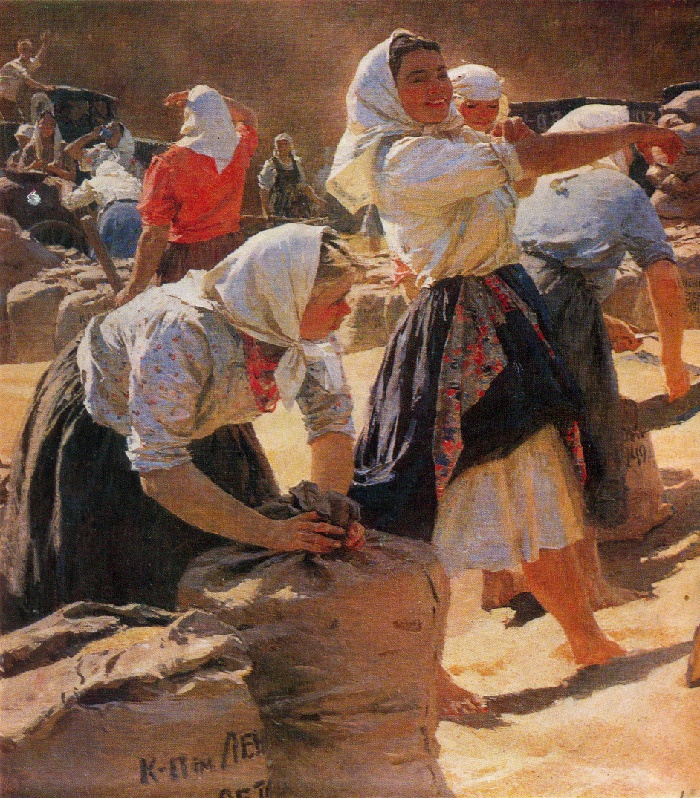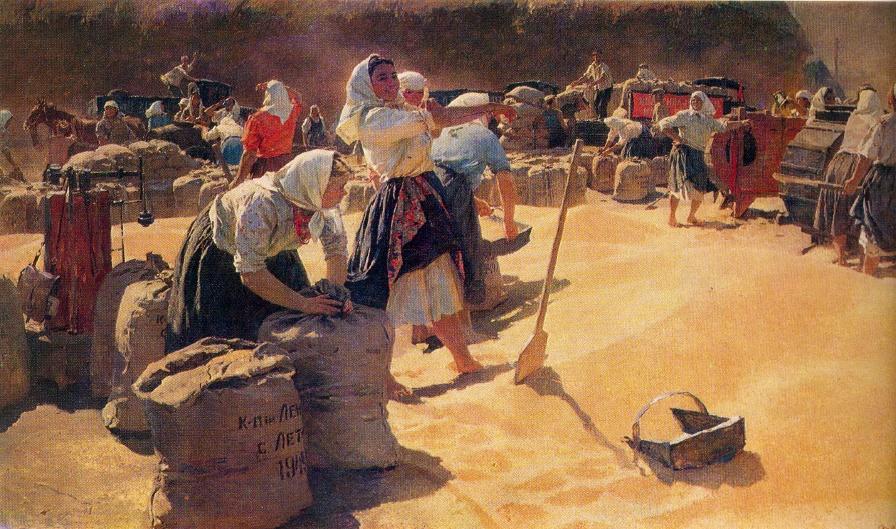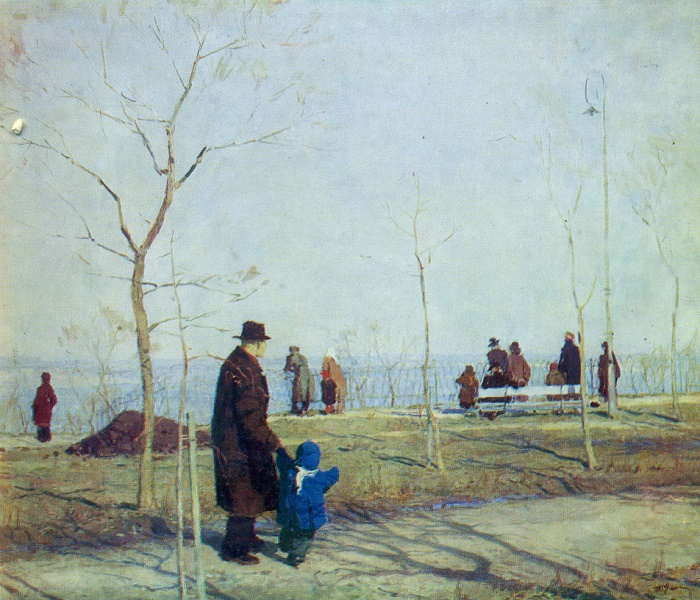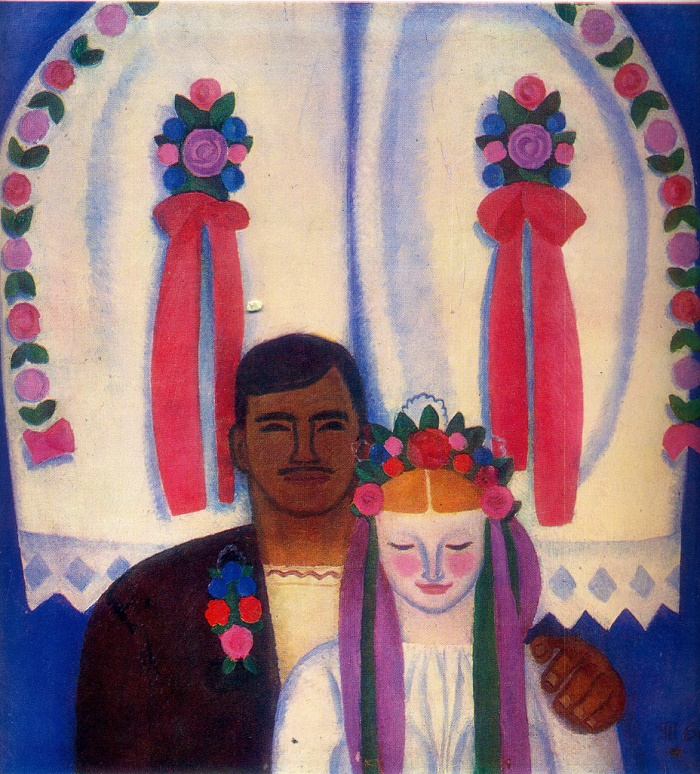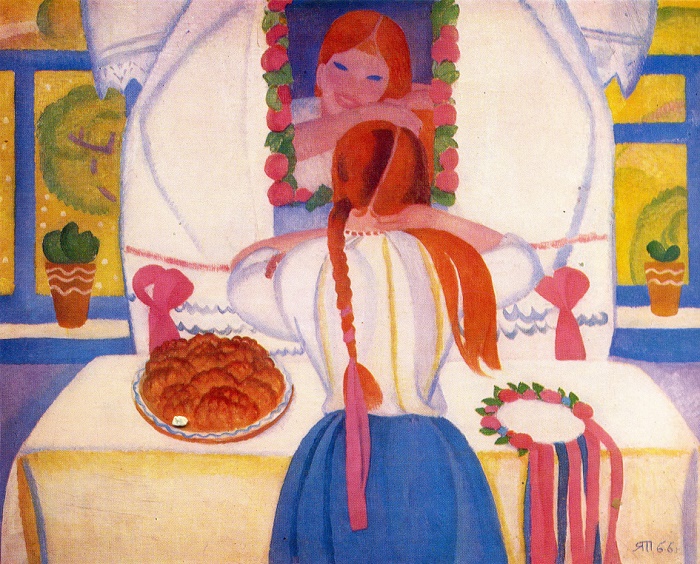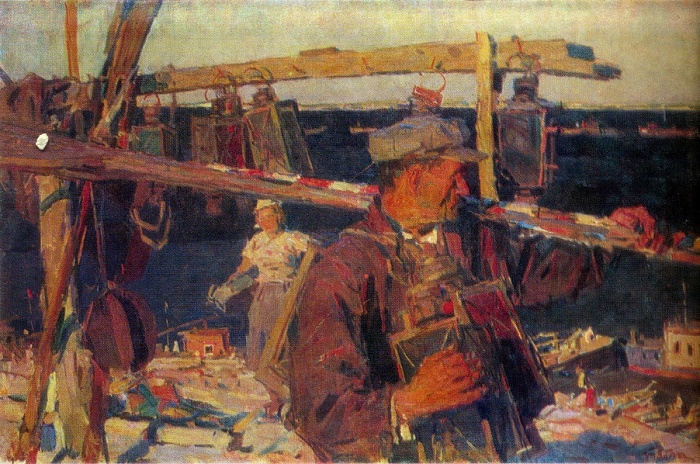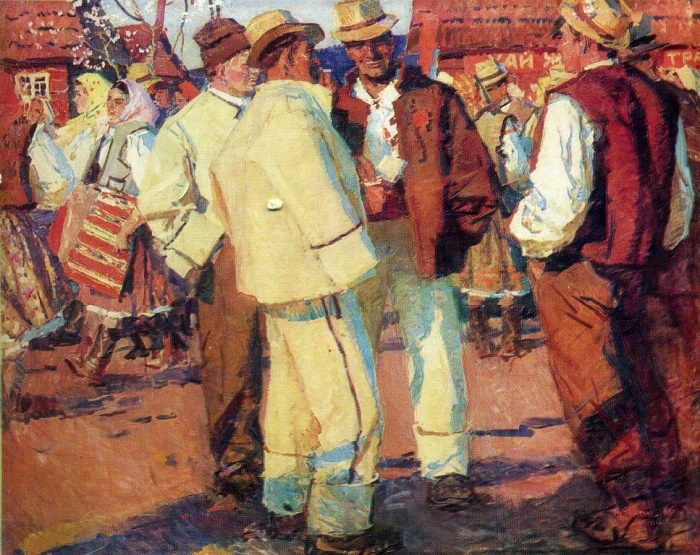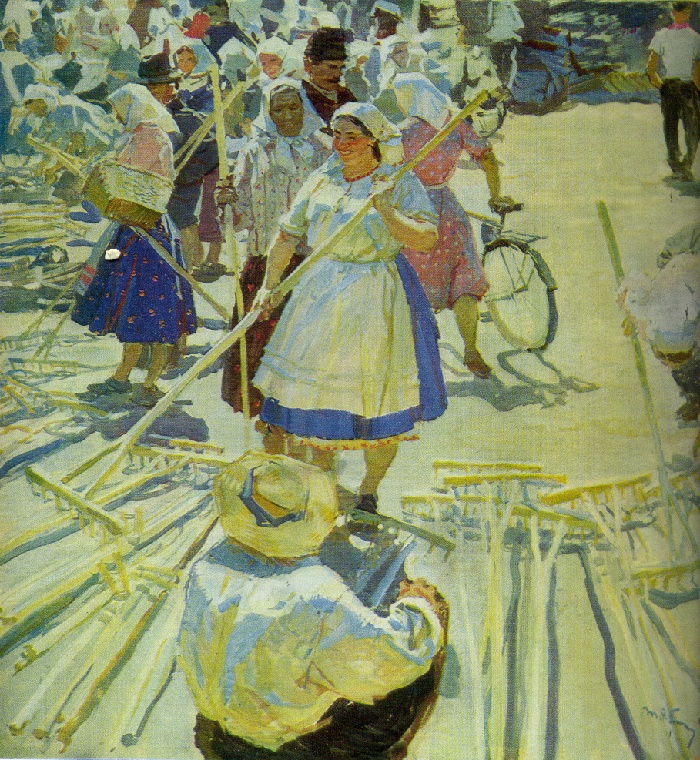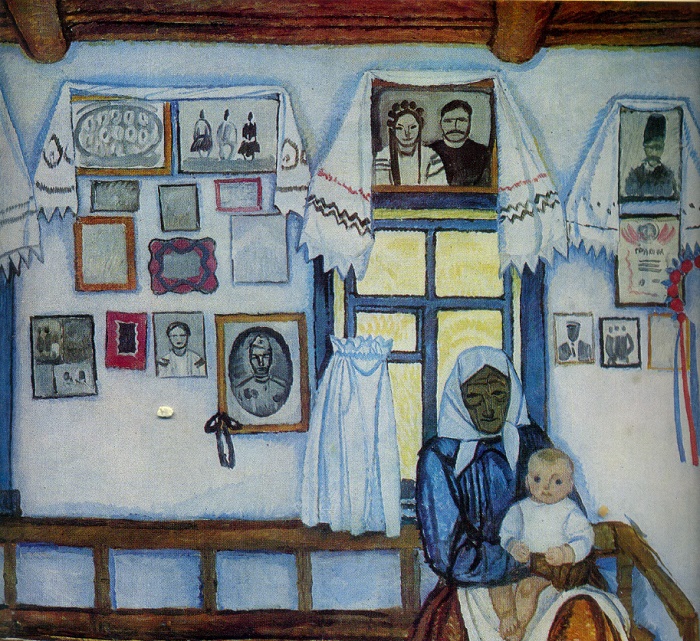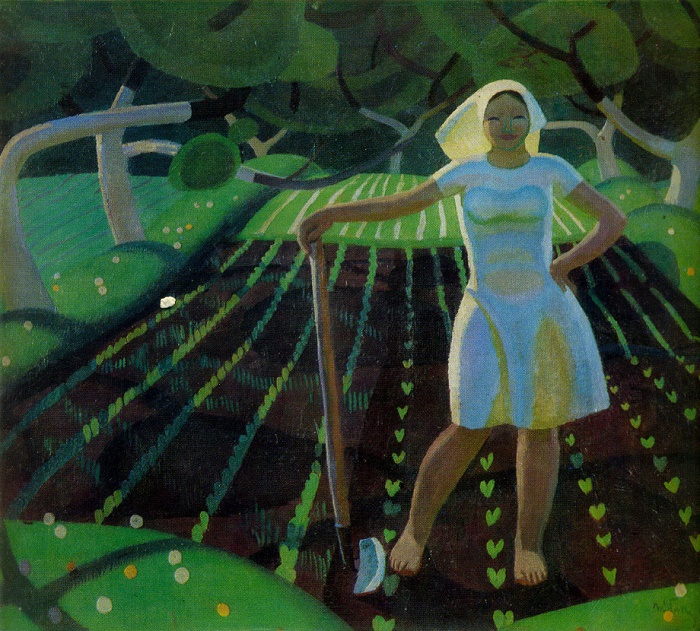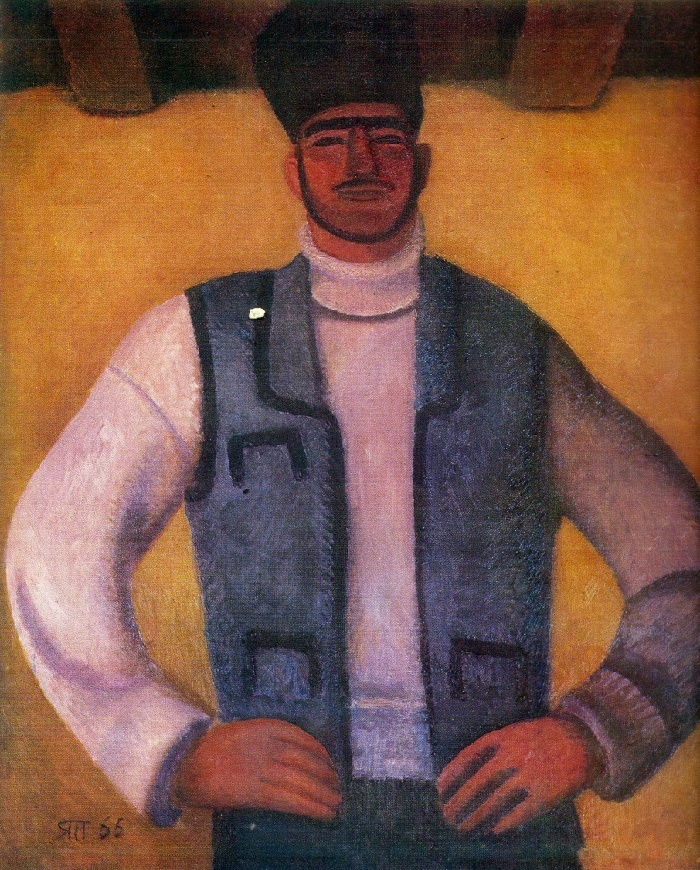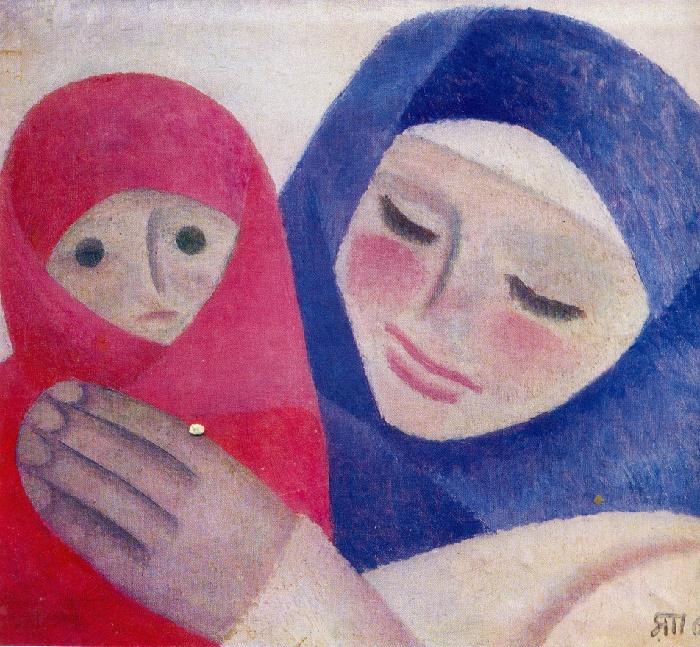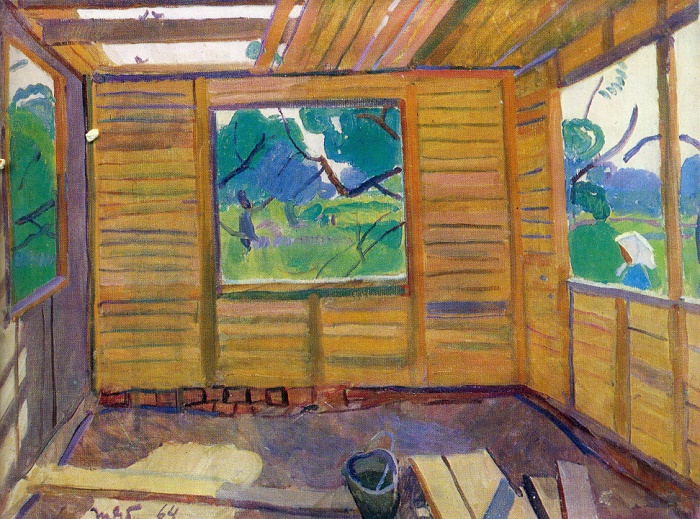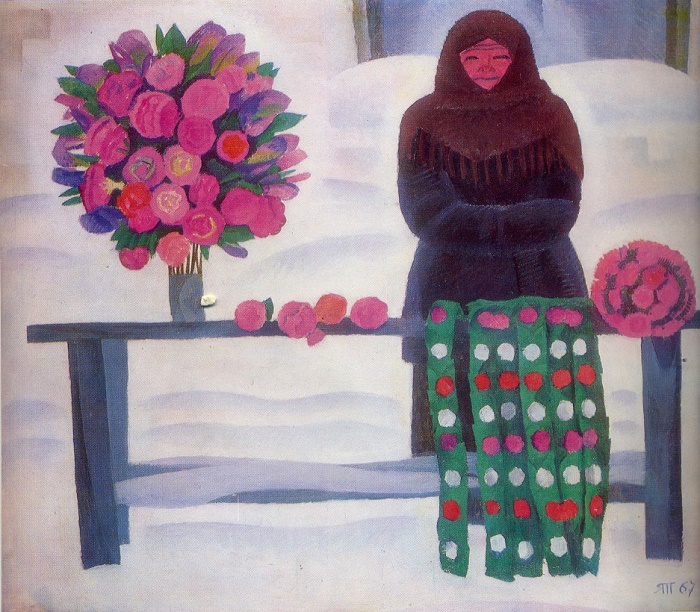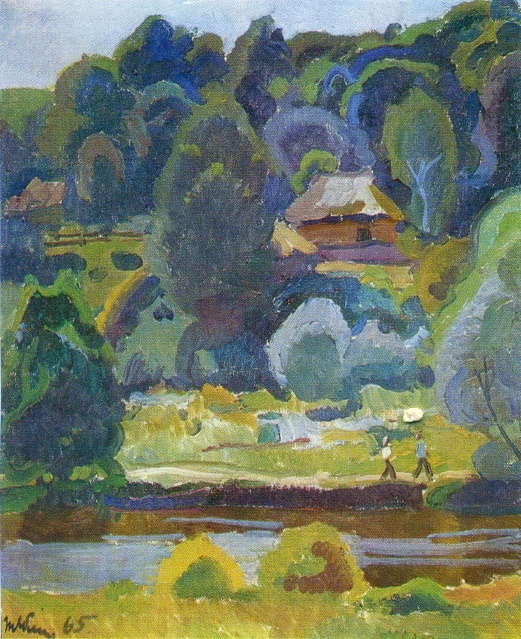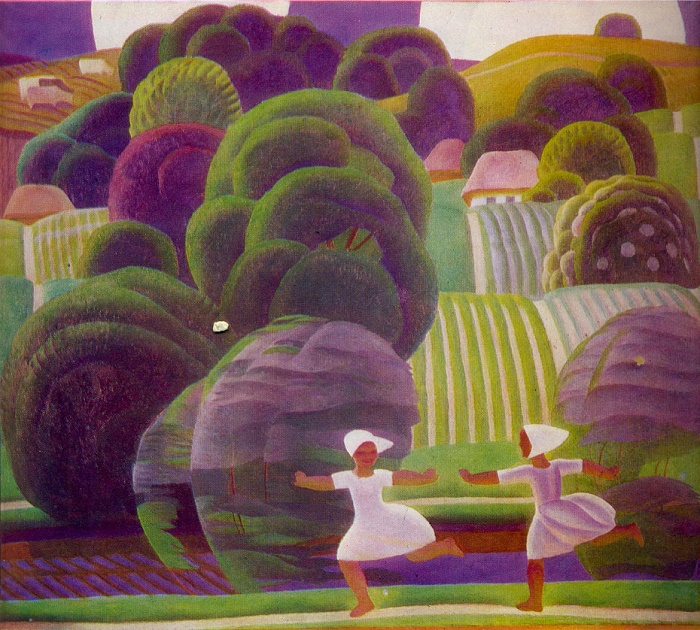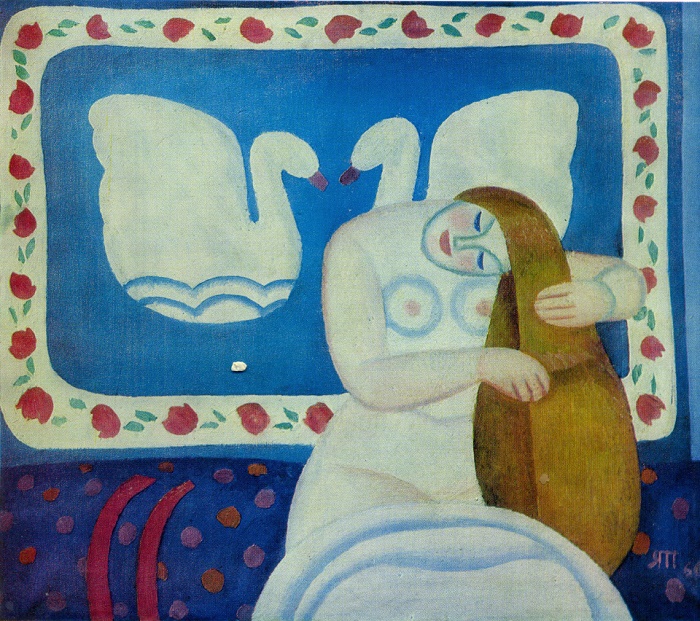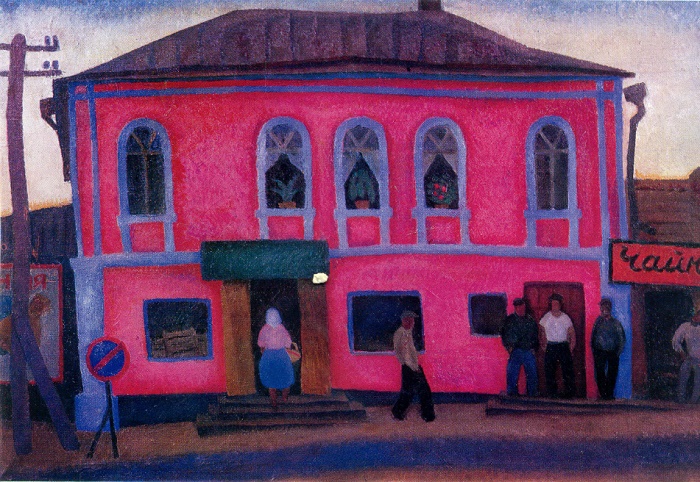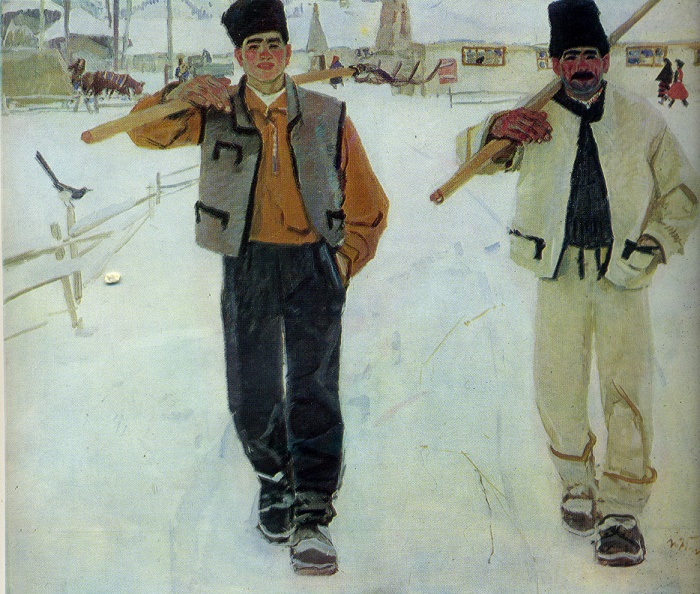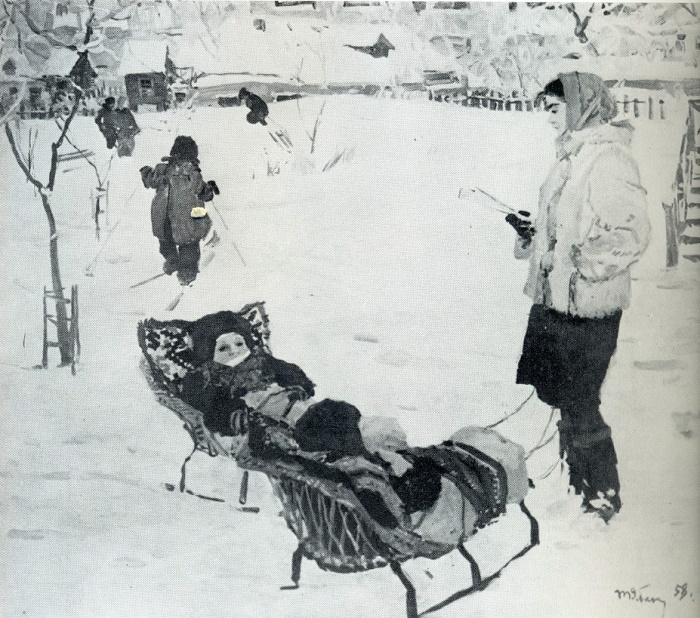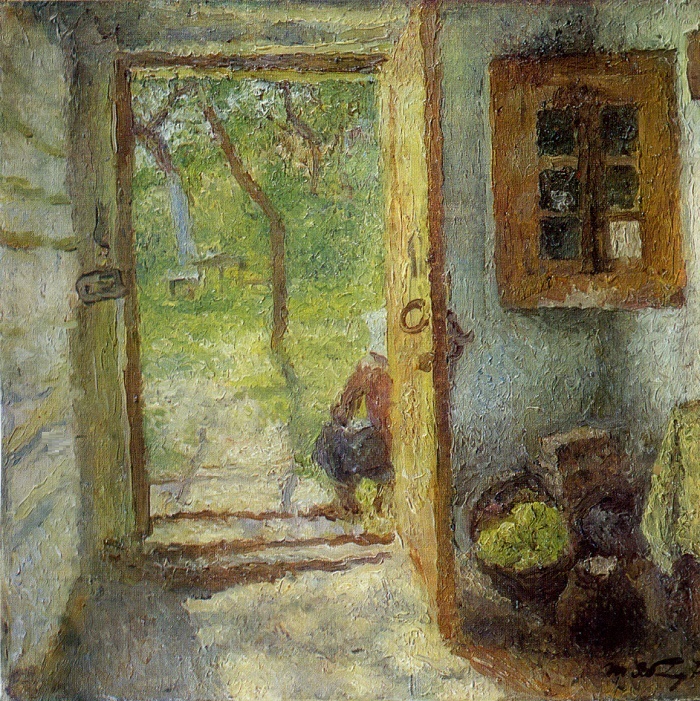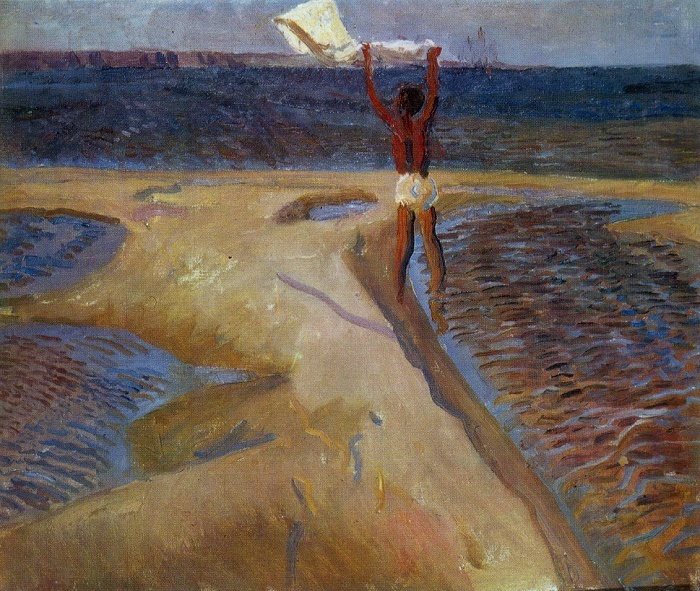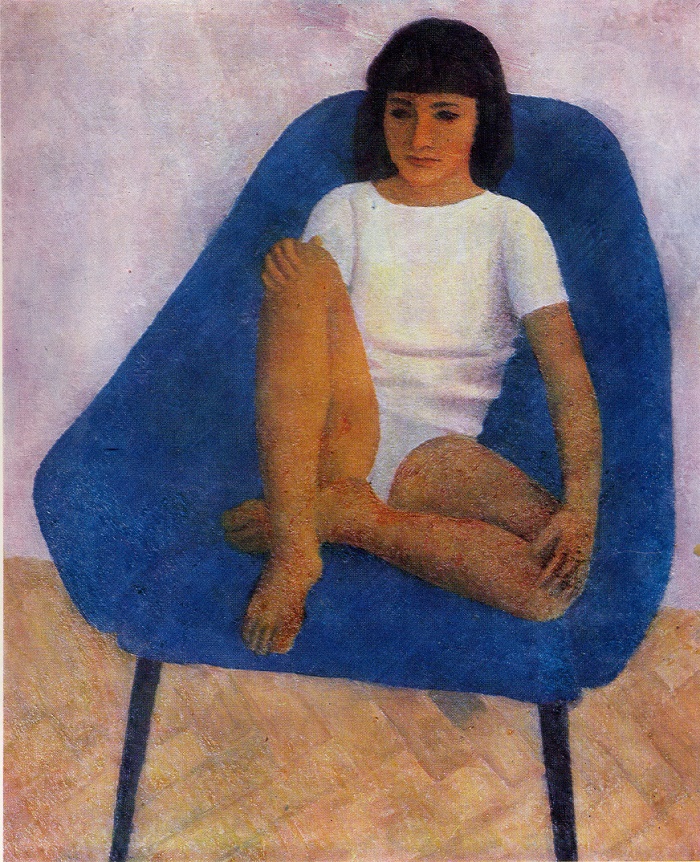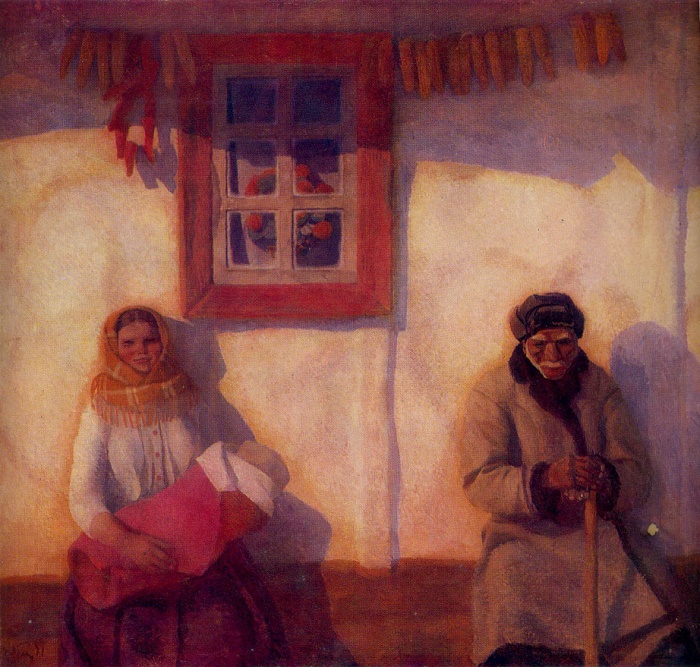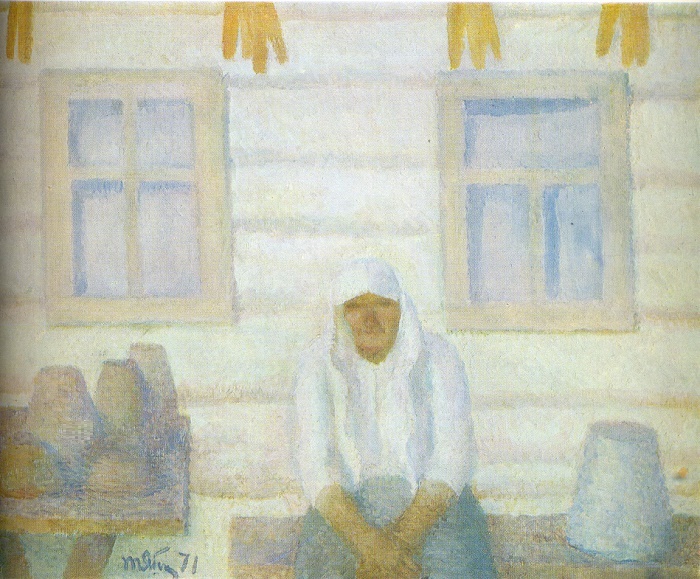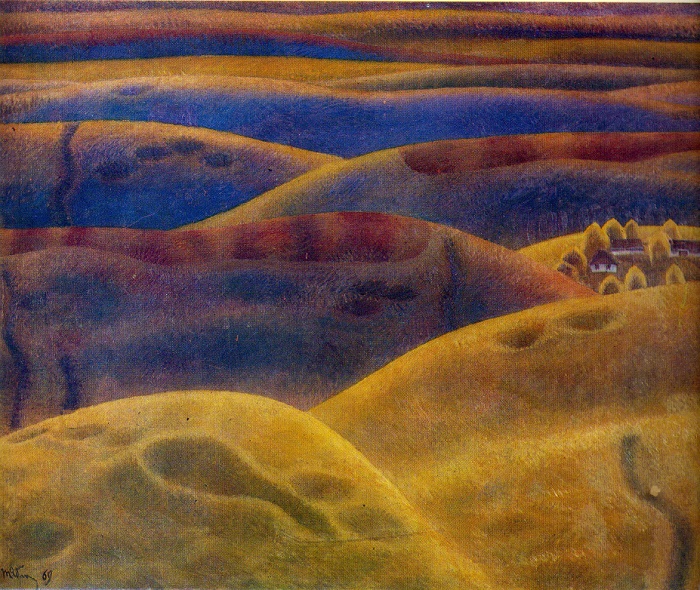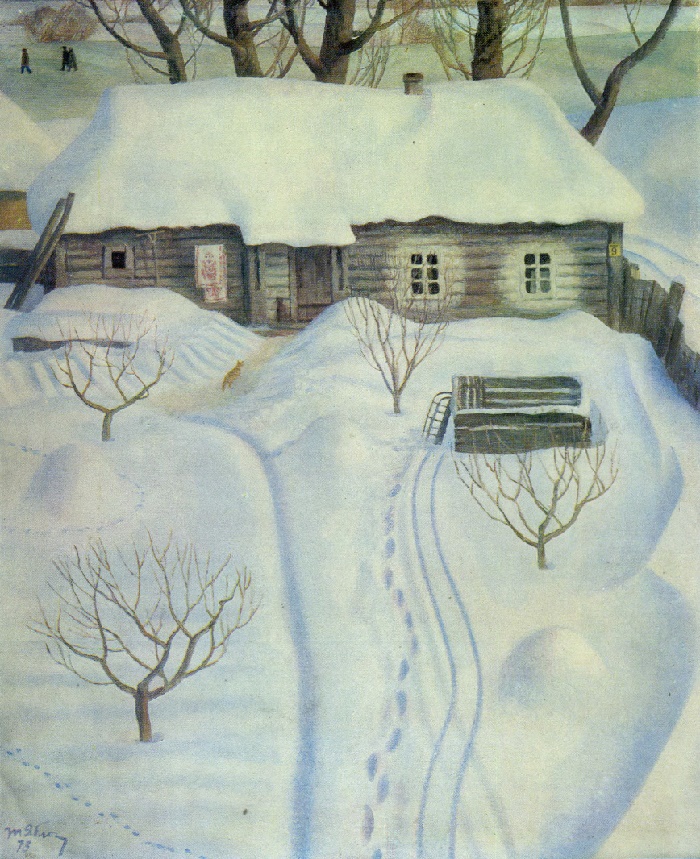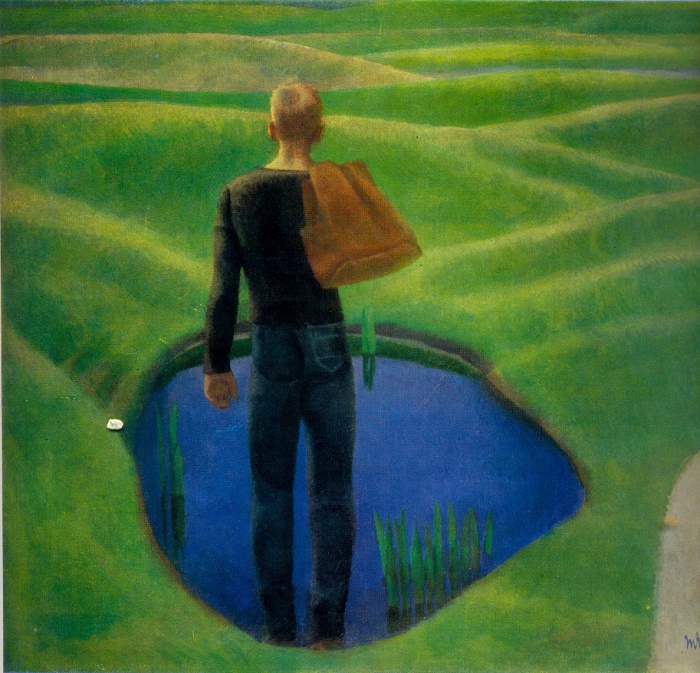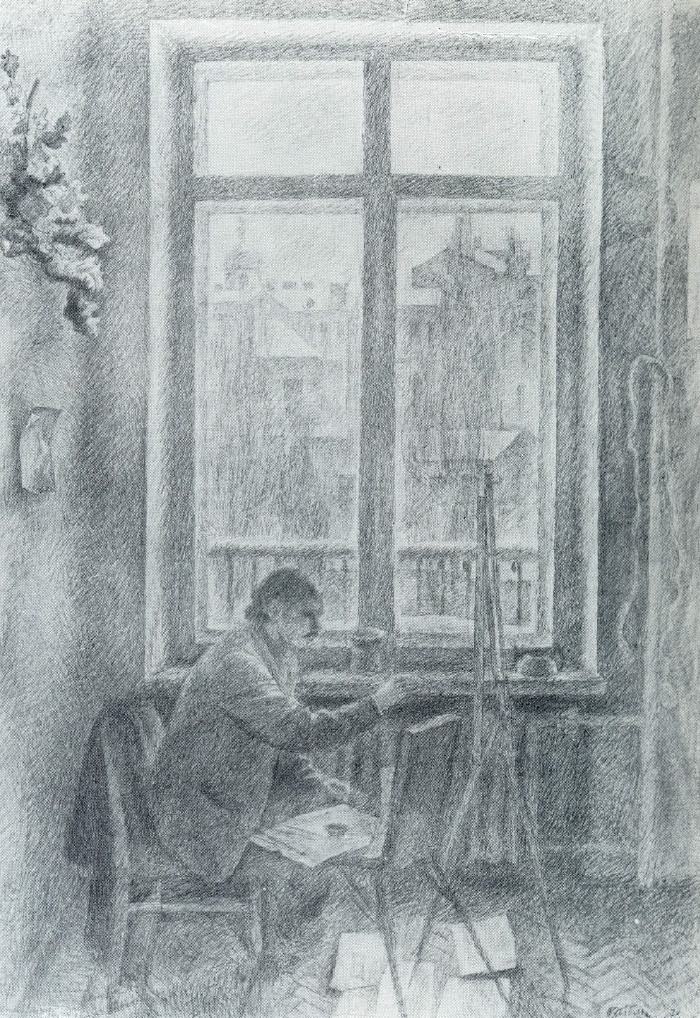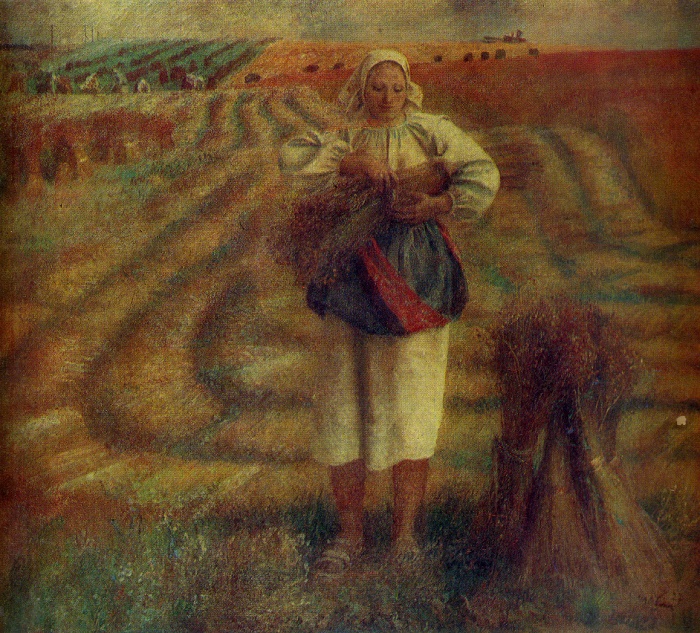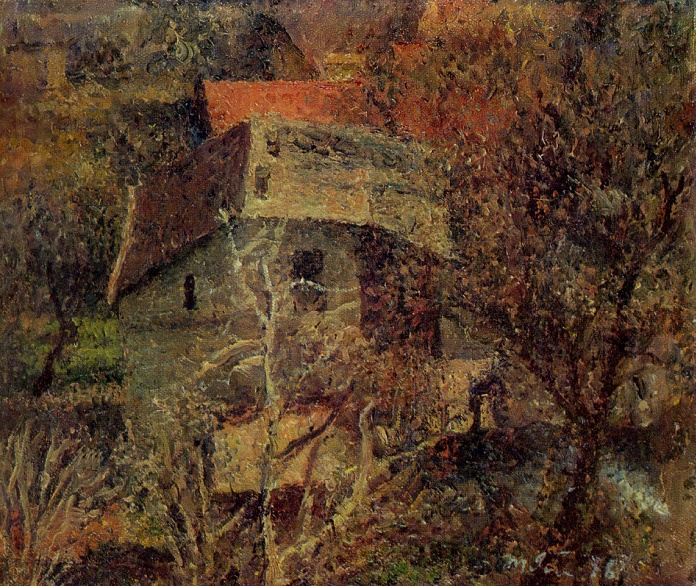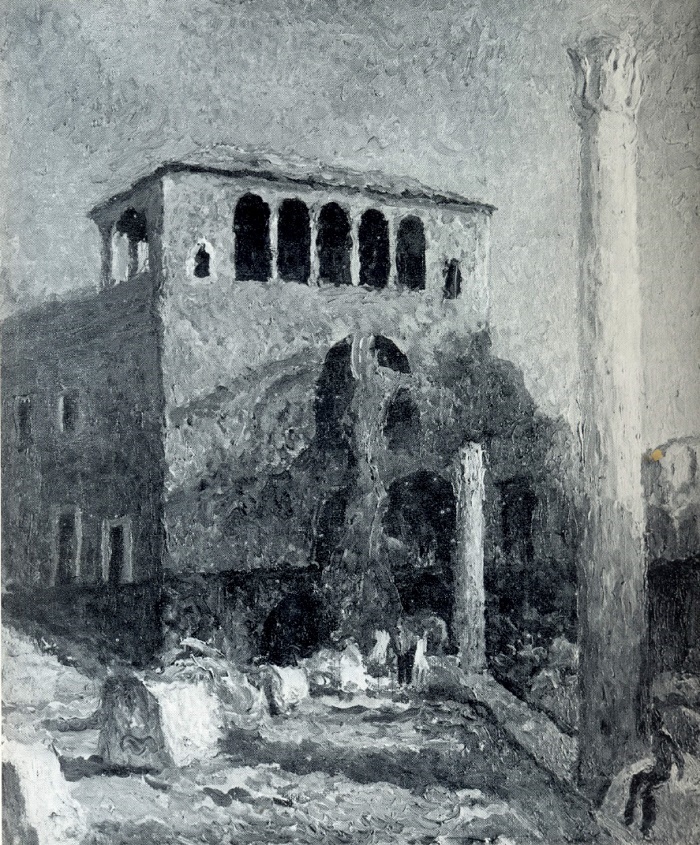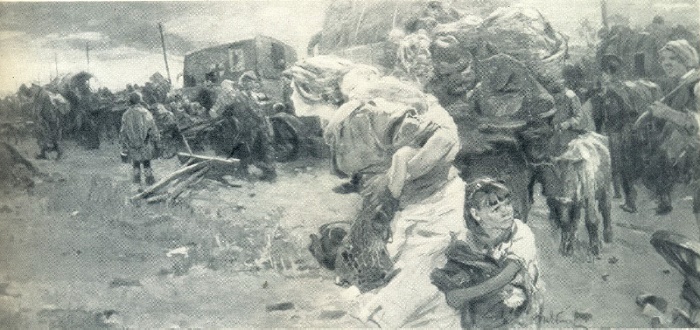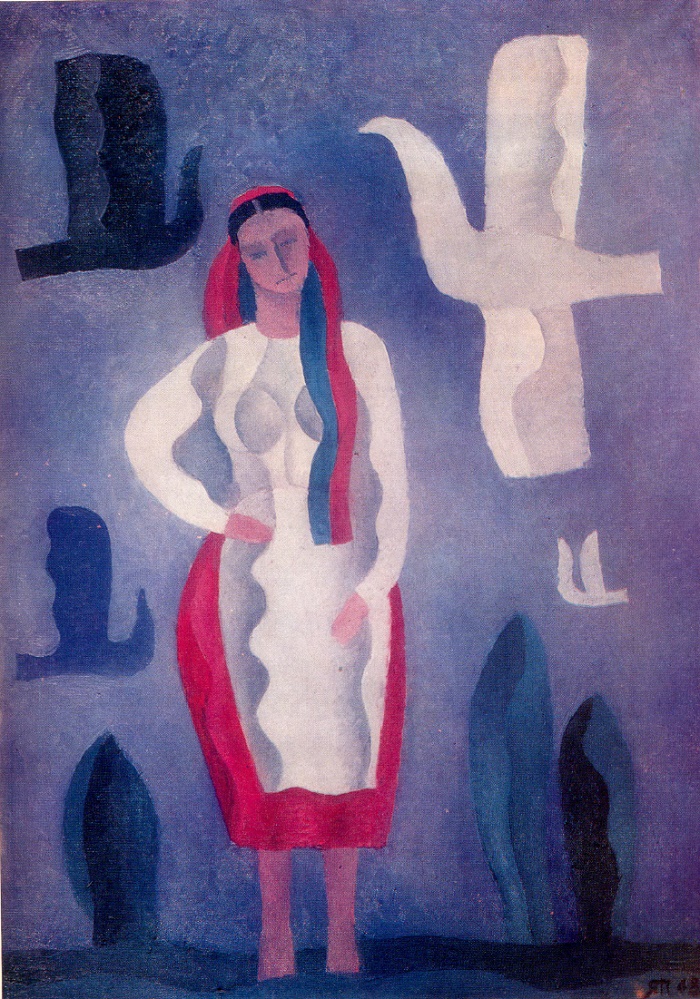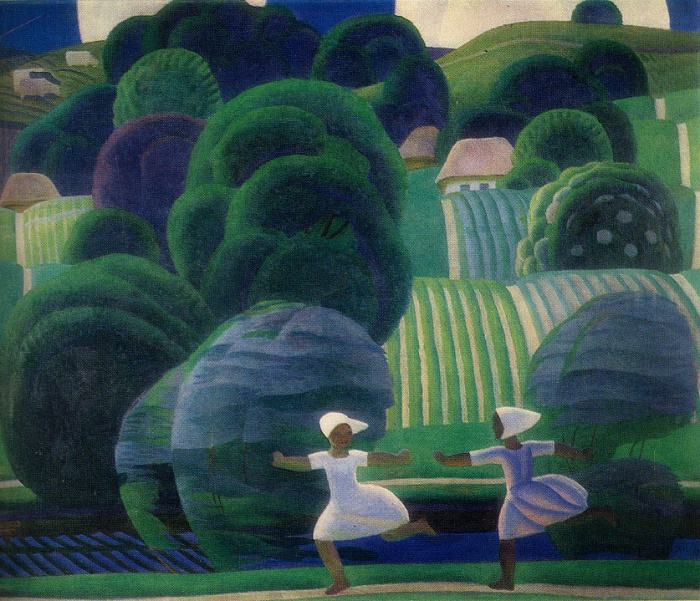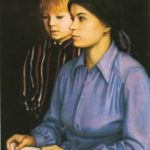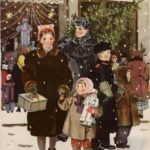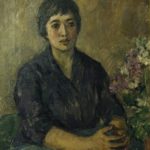Soviet artist Tatyana Yablonskaya
Soviet artist Tatyana Yablonskaya was People’s Artist of the USSR (1982), member of the Russian Academy of Arts (1992); full member of the USSR Academy of Arts (1975), winner of three of the USSR State Prize (1950, 1951, 1979), two medals of the Academy of Arts of the USSR. Same age as the October Socialist Revolution, Tatyana drew poetic, life-affirming paintings dedicated to the work and life of the Soviet people (“Bread” 1949; “Nameless heights”, 1969; “Len”, 1977). Tatiana was born February 24, 1917 in Smolensk, Russia. Her father, NA Yablonsky was a well-known Smolensky painter, graphic artist and a teacher of Russian literature.
In 1928 the family of Yablonskaya moved to Odessa, and in 1930 – to Kamenetz – Podolsky, then to Lugansk, where she graduated from the seven-year school (1933) and entered the Kiev Art School. In 1935 she became a student of painting faculty (1935-1941) of the Kiev State Art Institute, from which she graduated with a degree “painter” (workshop of professor FG Krichevsky).
Throughout her creative life Yablonskaya participated in numerous all-union and international exhibitions, among which the most significant were:
1956 – XXVIII International Art Exhibition in Venice (Biennale);
1958 – World Exhibition in Brussels.
Since her student years, Yablonskaya participated in more than 30 solo exhibitions in Moscow, London, Budapest, Kiev, and other cities. For many years she taught at the Kiev State Art Institute, and prepared a lot of famous artists of Soviet Ukraine.
After a stroke in 1999, Yablonskaya was confined to a wheelchair. Tatyana Yablonskaya died June 17, 2005. She was buried in Baykovoye cemetery in Kiev.
“I first heard Ukrainian songs during the war, in the Saratov region, where we were evacuated. And in the Malorossia song, as Nikolai Gogol wrote, lives all – poetry, history, and our father’s grave. The memory of the heart, though hard but still full of enthusiasm, became for me days after the war, in dilapidated by fascists Kiev. With our hands we cleared the streets and squares, the city raised from the ruins, and its revived beauty became even nearer and dearer”. (Young artist, Moscow, 5/1982)
Soviet artist Tatyana Yablonskaya
Ten year-old Tatyana came to Ukraine from Smolensk and fell in love with it for life. But the feeling of unity with the land, belonging to the fate of its people born not at once. It gradually evolved from communicating with people, language, cognition, and centuries-old culture, from traveling through the picturesque Ukrainian villages, while working on the paintings. She created the painting “Bread” after staying in Lenin collective farm in the village of Letava of Khmelnitsky region.



